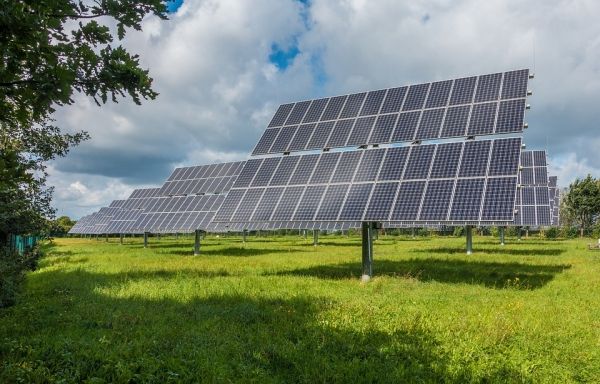The dramatic drop in the cost of solar photovoltaic (PV) modules, which has fallen by 99 percent over the last four decades, is often touted as a major success story for renewable energy technology. But one question has never been fully addressed: What exactly accounts for that stunning drop?
A new analysis by MIT researchers has pinpointed what caused the savings, including the policies and technology changes that mattered most. For example, they found that government policy to help grow markets around the world played a critical role in reducing this technology’s costs. At the device level, the dominant factor was an increase in “conversion efficiency,” or the amount of power generated from a given amount of sunlight.
The insights can help to inform future policies and evaluate whether similar improvements can be achieved in other technologies. The findings are being reported today in the journal Energy Policy, in a paper by MIT Associate Professor Jessika Trancik, postdoc Goksin Kavlak, and research scientist James McNerney.
The team looked at the technology-level (“low-level”) factors that have affected cost by changing the modules and manufacturing process. Solar cell technology has improved greatly; for example, the cells have become much more efficient at converting sunlight to electricity. Factors like this, Trancik explains, fall in a category of low-level mechanisms that deal with the physical products themselves.
Read more at Massachusetts Institute of Technology
Photo credit: mrganso via Pixabay


